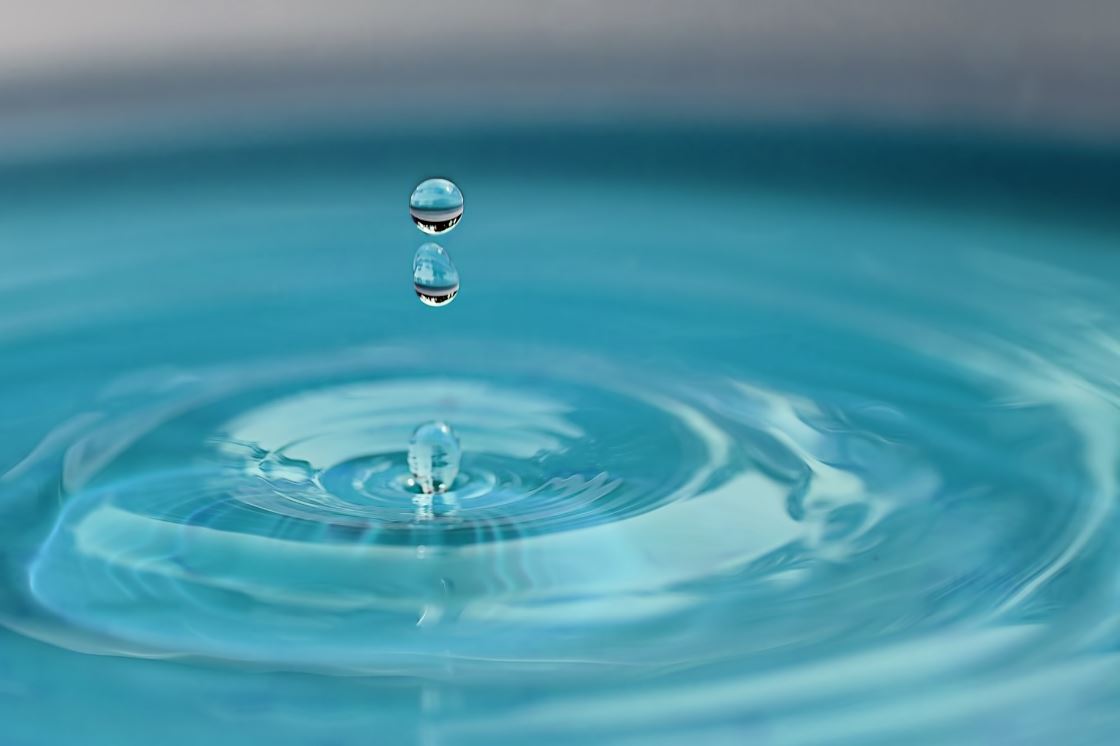Media release
From:
New research led by Flinders University has shed light on one of chemistry’s big mysteries by describing how simple salts exist near the surface of liquid solvents.
In a new international collaborative study, experts have used a technique called ‘ion scattering spectroscopy’ on a range of solvents to understand the interface between air and water droplets in the atmosphere.
Dr Gunther Andersson, Professor of Chemical Physics and Nanotechnology at Flinders University, says the new technique goes a long way to describing how ions form simple salts present in the outer layer of dissolved solvents, for example in common table salt, (sodium chloride) (Na+ and Cl- of NaCl).
Published in the Journal of Colloid and Interface Science, the results pave the way for further inroads into understanding key processes in the environment.
“This has been an unresolved question for decades, and this study is an important step forward in understanding chemical reactions in the atmosphere where water droplets meet air, the reactions which are relevant for the environment,” says lead author Professor Andersson, from the Flinders Institute for Nanoscale Science and Technology at the College of Science and Engineering.
“Ion scattering spectroscopy in a simplified way can be described as playing billiards with atoms where the billiard balls (atoms) have different masses from across the entire periodic table.
“There is no other method which can comprehensively investigate this problem.”
First author Dr Anand Kumar, a CSIRO Early Research Career Postdoctoral Fellow now working at the Paul Scherrer Institute in Switzerland, says the research team is now hoping to use the method to investigate how this applies to water, the most important solvent.
“We are establishing a scale for solvents based on surface tension to gauge, and hopefully predict in future, which ions will go to outer layers and which will not,” says Dr Kumar.
“In this scale, water lies at the other end and we will test with further investigation of how this scale manifests for water.”
In the latest study, neutral impact collision ion scattering spectroscopy was used to directly measure concentration depth profiles of monovalent inorganic ions (Cl−, Br−, I−, Na+, K+, and Cs+) in solution on four nonaqueous solvents – propylene carbonate (PC), benzyl alcohol (BA), glycerol and formamide (FA).
The article, ‘Ion specificity at solvent surfaces: concentration depth profiles of monovalent inorganic ions’ (2025) by Anand Kumar, Vincent SJ Craig (ANU), Grant B Webber, Alister J Page (both University of Newcastle), Kasimir P Gregory (UNE), Erica J Wanless (University of Newcastle) and Gunther G Andersson has been published in Journal of Colloid and Interface Science DOI: 10.1016/j.jcis.2025.139019.
Multimedia




 Australia; NSW; SA; ACT
Australia; NSW; SA; ACT


